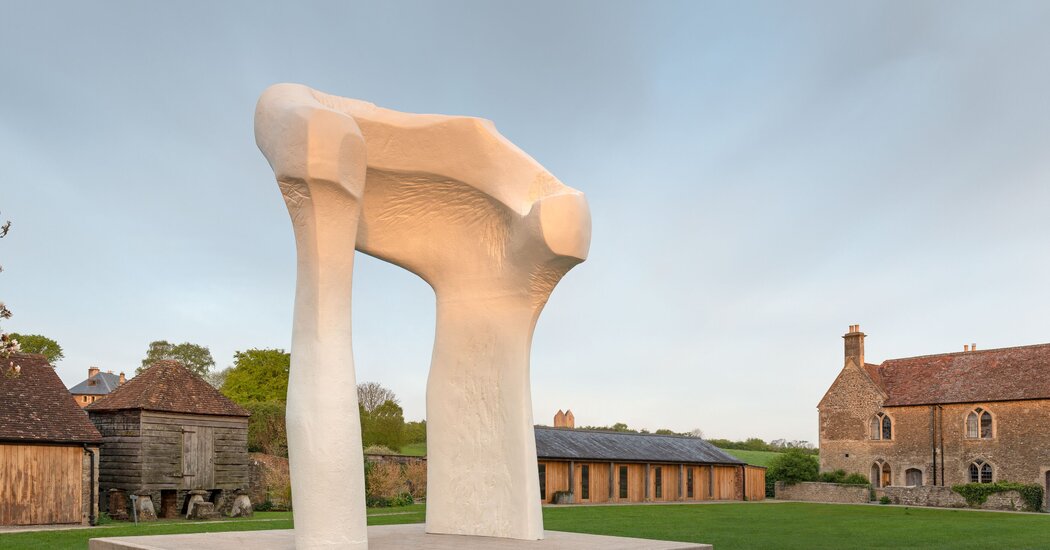Welcome to T Wanderlust, a new travel newsletter from the editors of T Magazine. Twice a month, we’ll recommend global destinations and hotels worth visiting. Sign up here to find us in your inbox every other Friday, along with our T List newsletter each Wednesday. And you can always reach us at tlist@nytimes.com.
DRIVE THREE HOURS southwest of London and you’ll find yourself among Somerset’s rolling hills, their smooth expanses interrupted by hedgerows and grazing sheep. Possibly the erstwhile home of King Arthur’s court, the English county is a centuries-old agricultural center renowned for its Cheddar and cider apples. It’s also long been a destination for those seeking a respite — or a party. By A.D. 76, the Romans were flocking to the spa complex they’d built around the natural hot springs in Bath. Georgian-era English aristocrats followed suit, staying in the curved row of 18th-century stone-faced townhouses known as the Royal Crescent for the social season in Bath. More recently, Somerset’s Glastonbury Festival has drawn crowds — Billie Eilish, Kendrick Lamar and Paul McCartney were this year’s headliners — but mostly the area has endured as a sleepy hideaway. John Steinbeck called the six months he spent writing “The Acts of King Arthur and His Noble Knights” (1976) in the medieval Somerset market town of Bruton among the happiest of his life.
It’s a sentiment that seems to be shared by the area’s latest wave of visitors, which includes artists, directors and fashion people from London who come on weekends or major holidays, alongside an influx of new full-time residents, who, able to work more flexibly since the onset of the pandemic, have swapped the city for the country. “I can never get enough of the green — it’s color therapy,” says the jewelry designer Solange Azagury-Partridge, 60, who owns an 1860s-era stone cottage and a garden filled with wildflowers, including daisies, poppies and buttercups, just outside Bruton. “It’s as though the landscape has been bathed in fairy dust.”
This lichen-mottled manor house, now a hotel, was for 200 years the seat of the Hobhouse family. Their oil portraits still hang on the sage-green and steel-blue walls of the library, drawing room and bar, which the current owners — Koos Bekker and Karen Roos of the Babylonstoren hotel outside Cape Town, South Africa — have updated with contemporary sofas by Moroso and Ames. The 40 bedrooms each honor multiple eras: No….
Click Here to Read the Full Original Article at NYT > Travel…
